Cats are mysterious creatures, often leaving us guessing about their thoughts and moods. Yet, if we pay attention, we discover that they possess a subtle and sophisticated form of communication, especially through their eyes and ears. Understanding this aspect of feline behavior not only enriches our relationships with these charming animals but also deepens our appreciation of their unique personalities.
Understanding Feline Communication
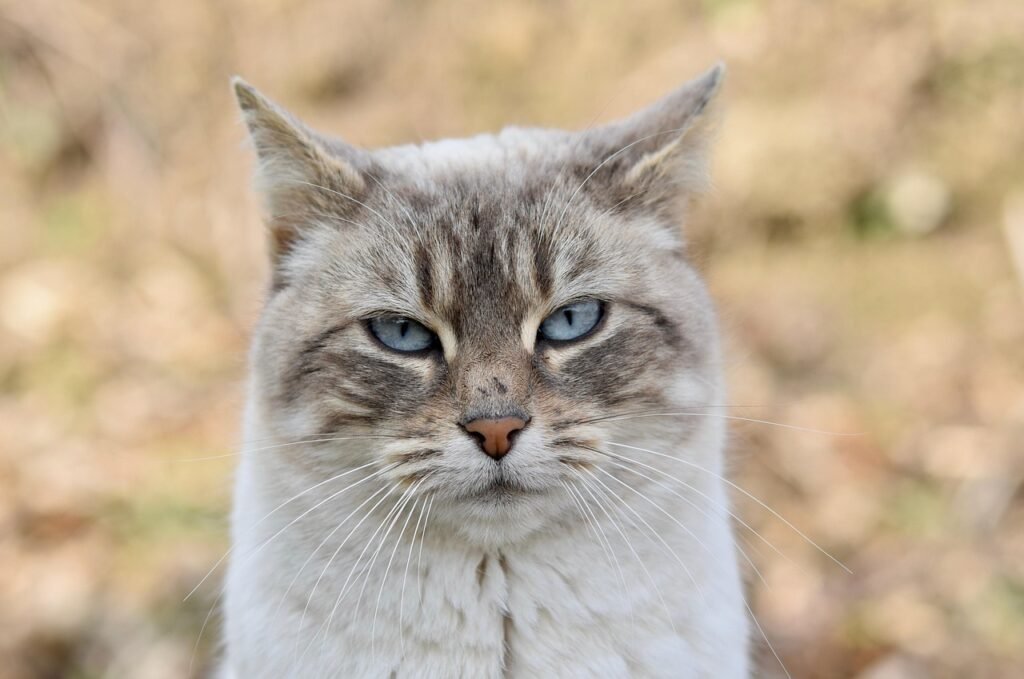
Cats, unlike humans, do not rely on vocalizations for the majority of their communication. Instead, they utilize body language, and their eyes and ears play a significant role in this silent dialogue. These features serve as windows into a cat’s emotions and intentions, allowing us to interpret their state of mind. By learning the signals, cat owners can foster a more harmonious environment for both themselves and their feline companions.
The Language of Cat Eyes
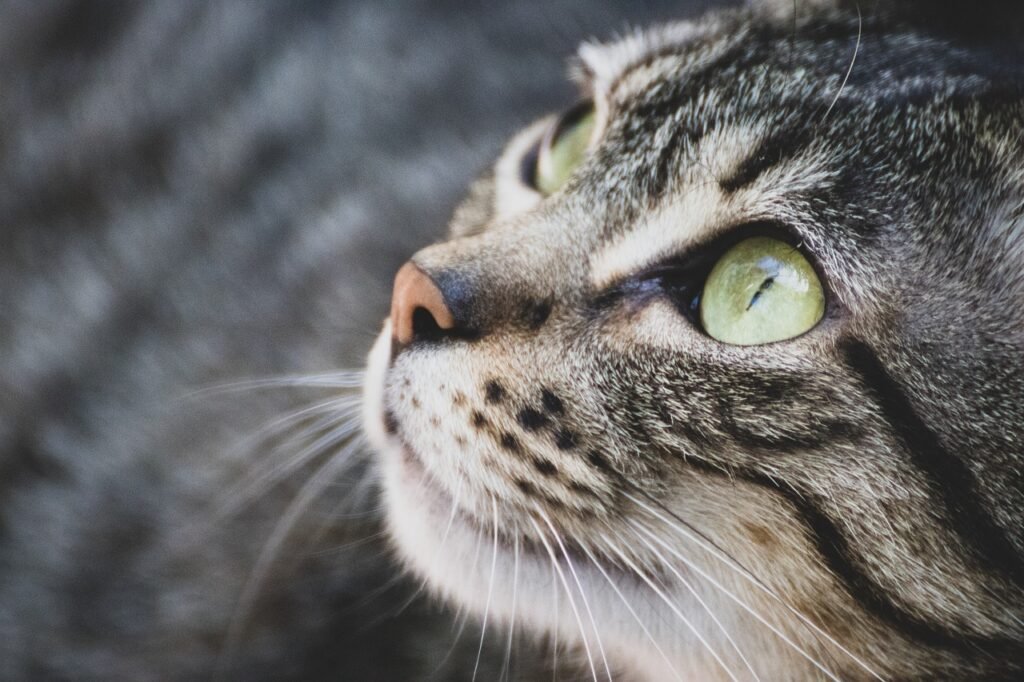
Eyes are a powerful communication tool in the feline world. A cat’s eyes can convey a range of emotions and messages. When a cat’s eyes are wide open, it often indicates curiosity or alertness to their surroundings. Conversely, narrowed eyes may suggest relaxation or contentment.
The Slow Blink

One of the most heartwarming forms of feline communication is the slow blink, often referred to as a “cat kiss.” When a cat gives you a slow blink, it is a sign of trust and affection. By returning the gesture, you can reinforce the bond and make your cat feel more secure.
Direct Stares

While prolonged eye contact might be a sign of affection among humans, in the animal kingdom, it can be perceived as a threat. Cats may use a direct stare to assert dominance or show aggression. In social interactions, it’s best to avoid sustained eye contact unless you are exchanging slow blinks.
Understanding Pupil Dilation
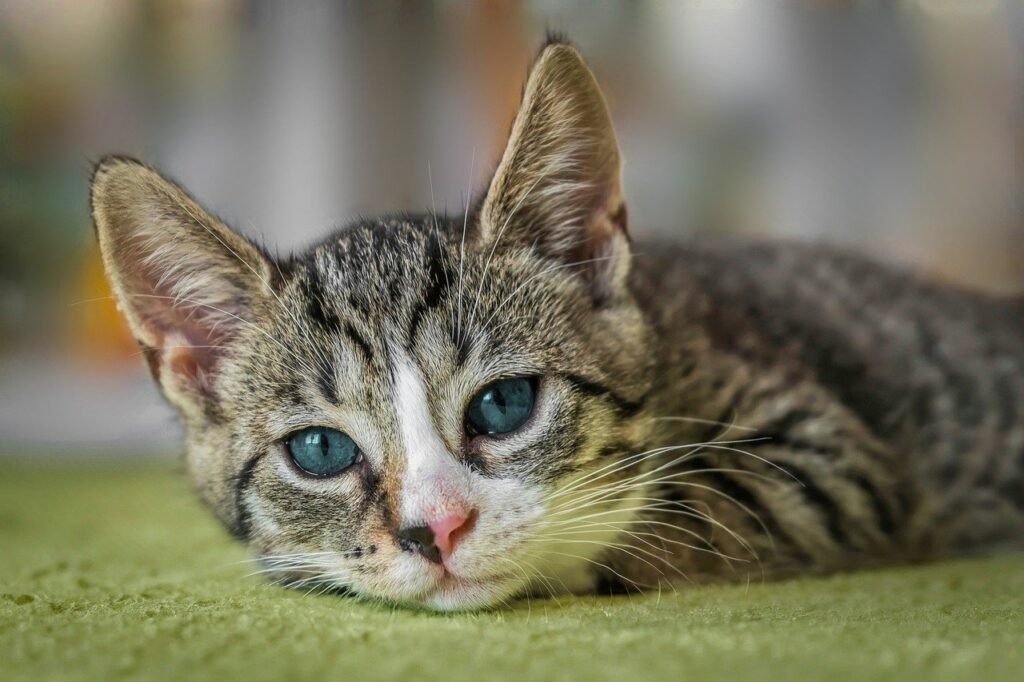
Cats, like some other animals, communicate using their pupils. Dilated pupils can indicate a variety of emotional states, including excitement, fear, or aggression. Reading other body language signals simultaneously can provide a more comprehensive understanding of what your cat is feeling.
The Role of Cat Ears
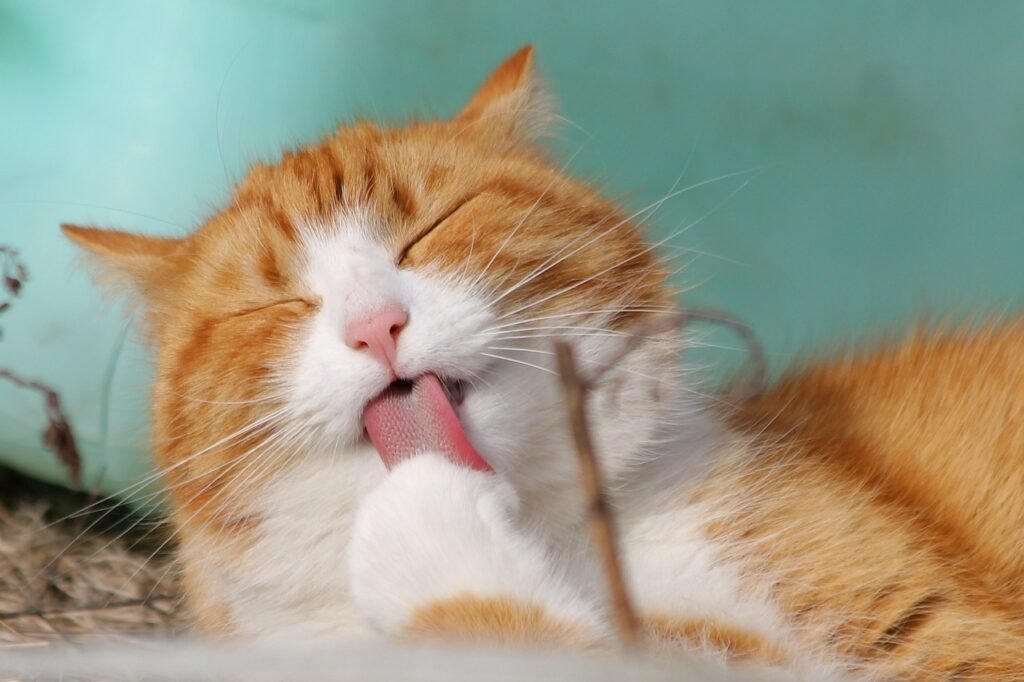
Cats’ ears are incredibly expressive and act as excellent indicators of their mood. Each ear is capable of moving independently, allowing cats to detect sounds and communicate intent. Paying attention to ear position can reveal a wealth of information about your cat’s emotional state.
Forward-Facing Ears

When a cat’s ears are facing forward, it typically signifies interest or focus. The cat could be engaged in play, observing prey, or exploring its environment. This ear position is usually accompanied by alert yet relaxed posture.
Flattened Ears
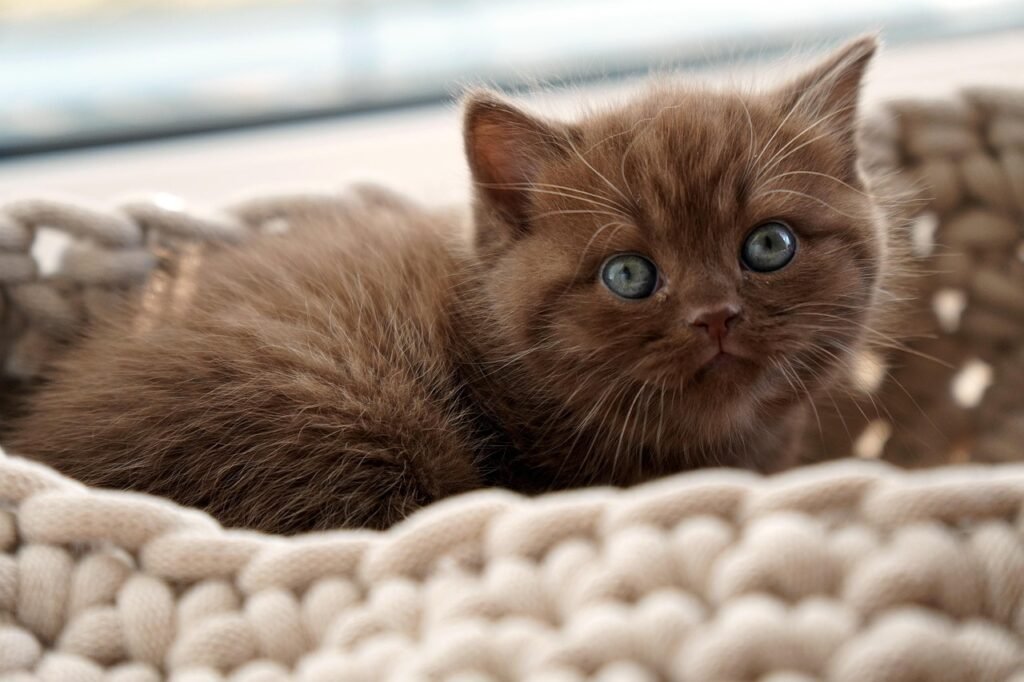
Flattened ears are a common sign of fear, anxiety, or aggression. If a cat’s ears are flattened against its head, it is often experiencing stress. Other signs like hissing or aggressive posturing may accompany this, signaling that the cat needs space.
Sideways Ears

When a cat’s ears are pointed to the side, they are often listening intently to what’s around them. This can occur when a cat is unsure or curious about new stimuli. It’s important for pet owners to observe their surroundings to gauge potential stressors.
Rotating Ears
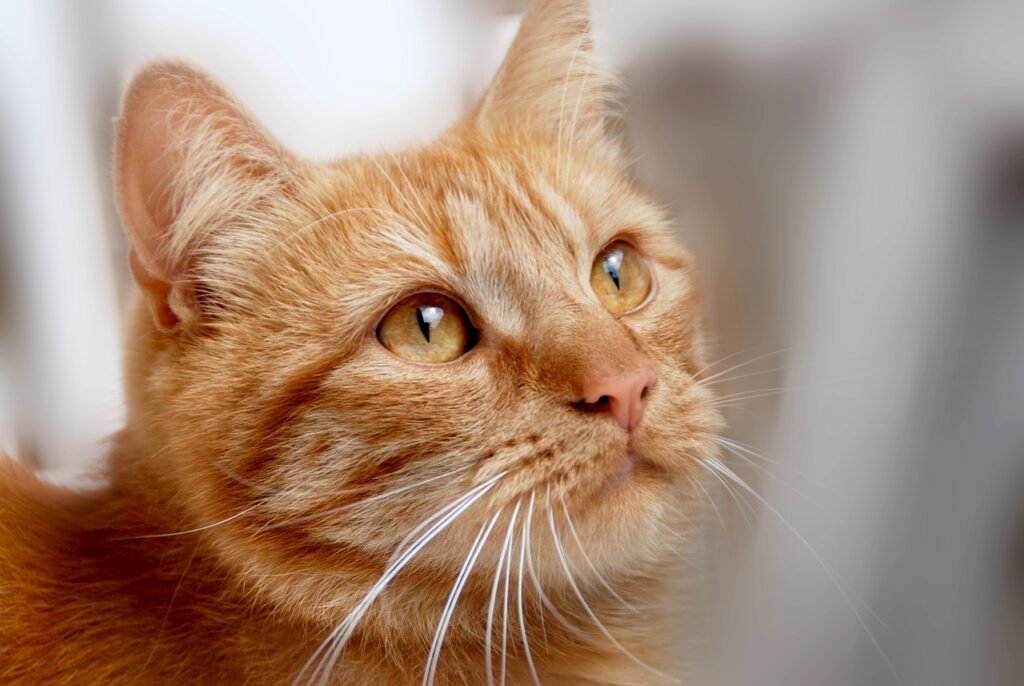
If your cat’s ears are swiveling back and forth, it may be trying to determine the source of a sound. This motion indicates that the cat is in a state of heightened awareness and can help you understand what triggers its curiosity or concern.
Interpreting Mixed Signals
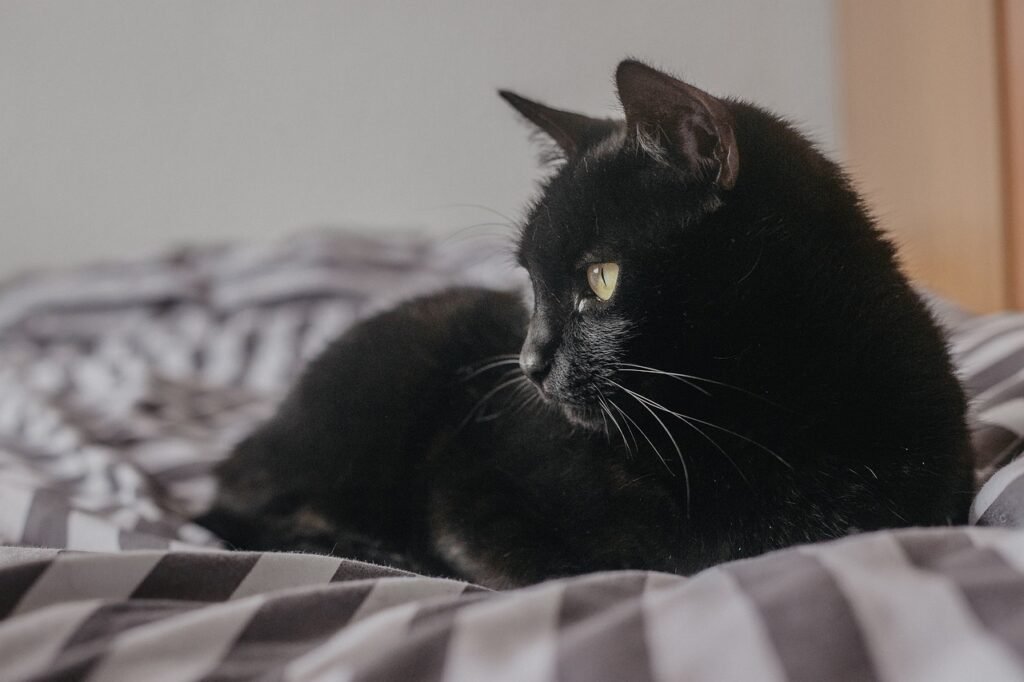
Cats can sometimes present conflicting signals with their eyes and ears. For example, a cat may exhibit relaxed eyes but have its ears flattened. In such scenarios, understanding the context and other body language cues can provide clarity.
Building a Better Relationship
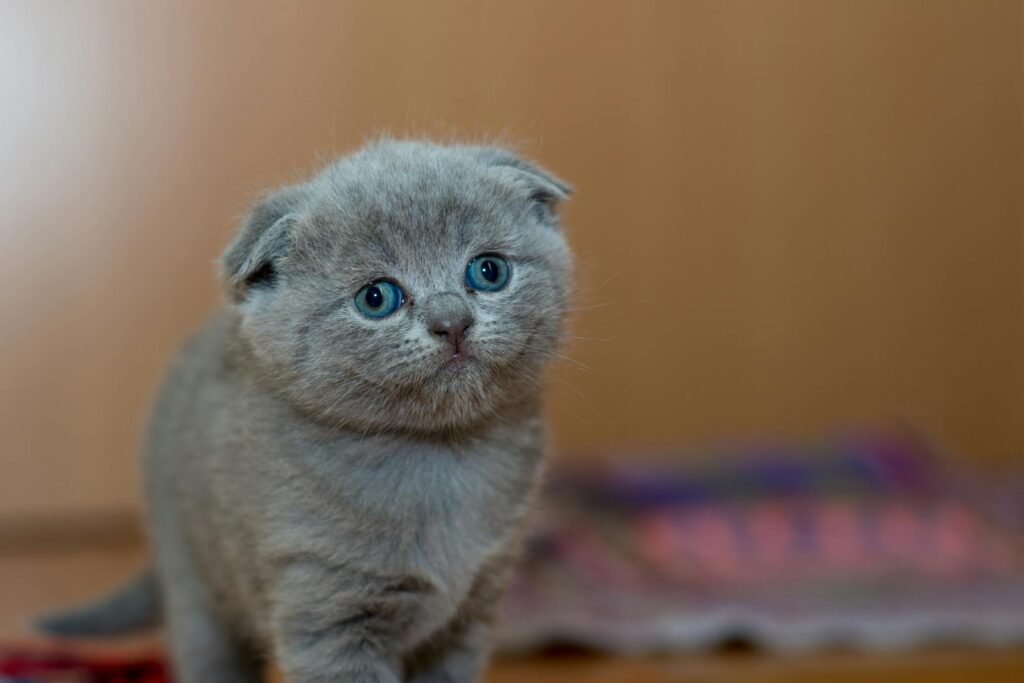
By understanding the subtle cues of cat eyes and ears, pet owners can avoid misunderstandings and build stronger, more empathetic relationships with their cats. Observing these signals allows owners to respond appropriately to their cat’s needs and emotions.
Conclusion: The Silent Dialogue
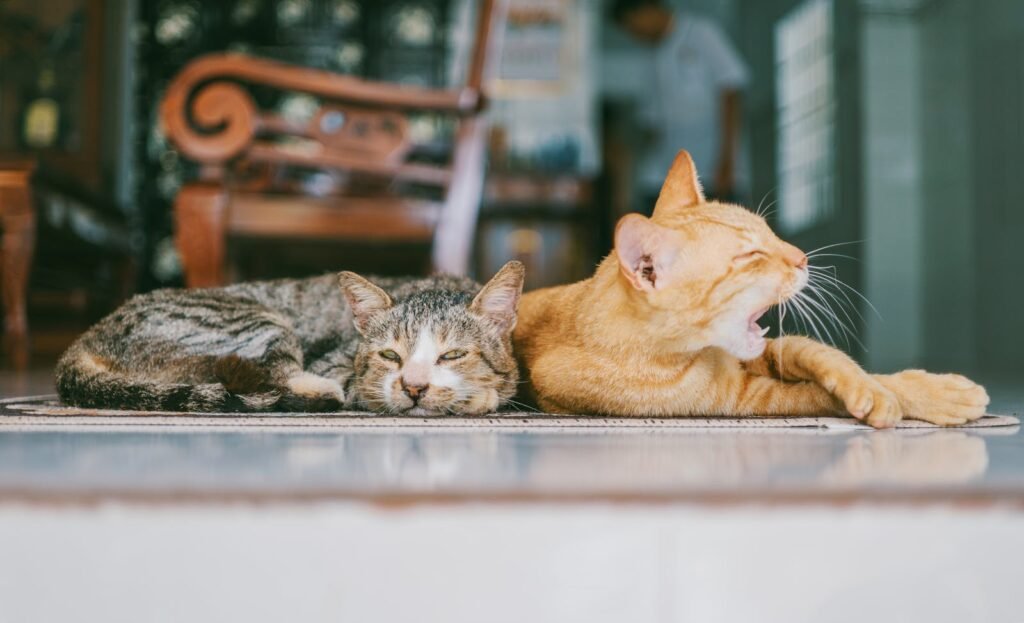
Cats communicate in a world of silent gestures and subtle hints. By unlocking the language of their eyes and ears, we gain insight into their needs and feelings, enriching our coexistence with these fascinating creatures. Through patience and observation, we can engage in this silent dialogue and nurture a fulfilling relationship with our feline friends.
Hi, I’m Bola, a passionate writer and creative strategist with a knack for crafting compelling content that educates, inspires, and connects. Over the years, I’ve honed my skills across various writing fields, including content creation, copywriting, online course development, and video scriptwriting.
When I’m not at my desk, you’ll find me exploring new ideas, reading books, or brainstorming creative ways to solve challenges. I believe that words have the power to transform, and I’m here to help you leverage that power for success.
Thanks for stopping by, Keep coming to this website to checkout new articles form me. You’d always love it!






